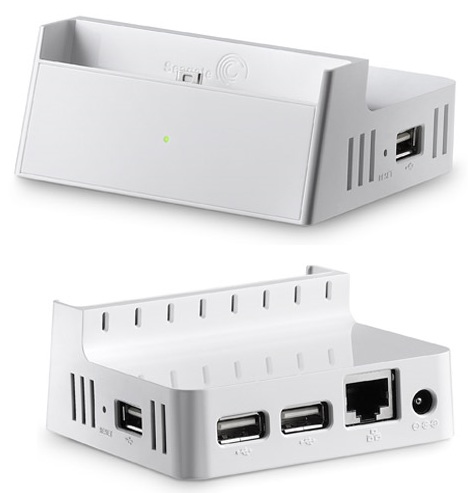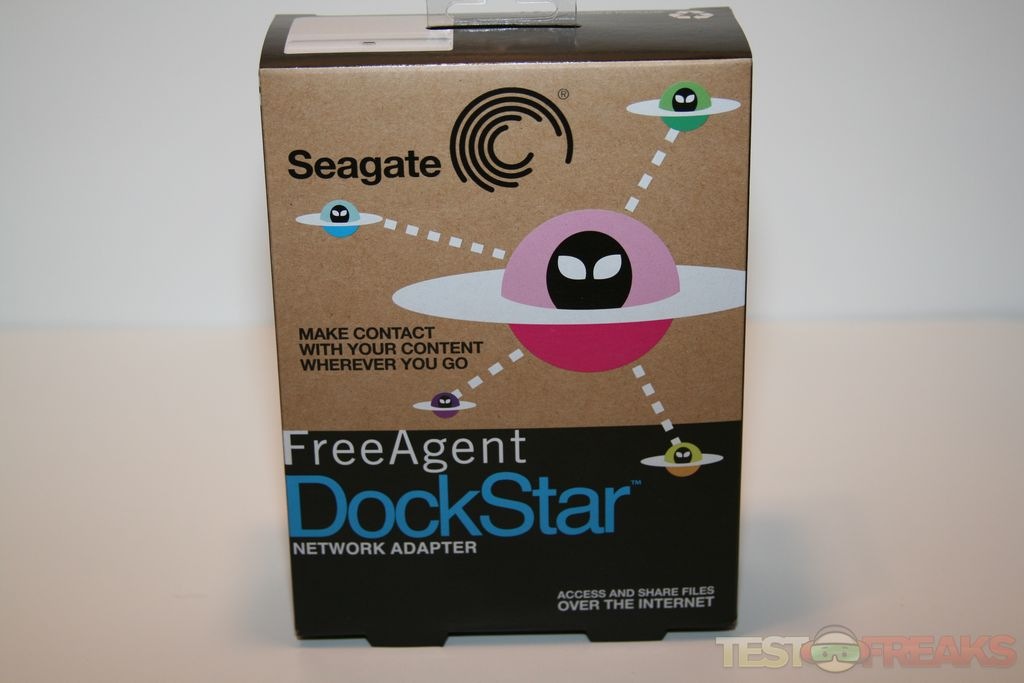

If you eject the drives and then try to re-run the app to remount the drives, nothing happens. Although the local mounting app seemed to worked fine, I did notice one problem with it. To put new files on the connected drives, you can either upload them through the Pogoplug web interface, or you can download a small application that allows you to mount the drives as local drives on your computer. You have to download those files to view them. Unfortunately, the interface won’t display TXT files or PDF files. The transcode process seemed a little glitchy as it slowed down the access and did not display a status to let you know what it was doing.
#FREEAGENT DOCKSTAR. MOVIE#
A background process will transcode the videos so that you can watch the whole movie in your browser. Clicking on a video file will show a short preview of the movie in thumbnail mode. Music files can also be played directly through the web interface. Photos can be viewed by clicking on their thumbnail. When you do this, you’ll see all those types of files on one screen regardless to where the actual files are stored on the attached devices. You can also filter the view by Movies, Music and Photos. Once you’ve activated the adapter, you’ll see all the attached drives on your Pogoplug page.įiles on those drives can be viewed as thumbnails or lists. However, there’s no mention on the Pogoplug site or Seagate’s site about how much the service will cost you after the 1 year is up.

With the DockStar, you use the same service, but you only get it free for 1 year. When you buy a Pogoplug, you receive their web based access service for free. It has three USB ports, unlike the DockStar which has 4 including the dock for a FreeAgent Go drive. Pogoplug makes and sells their own USB network adapter for $129. The FreeAgent DockStar uses a service from Pogoplug to activate the adapter and access your files. The whole setup takes less than 5 minutes. Just connect the included AC adapter, connect the supplied Ethernet cable to the dock and to a free port on your router, plug in a FreeAgent Go drive or other USB storage device into one of the open USB ports and activate the adapter on the web.
#FREEAGENT DOCKSTAR. MAC OS#
Drives formatted with NTFS, FAT32, Mac OS Extended Journaled and non-Journaled (HFS+), and EXT-2/EXT-3 are fully supported. There’s also an Ethernet jack and the power connector located on the rear of the adapter. There is one USB port on the right side of the dock and… The DockStar includes 3 additional full sized USB ports that you can use to plug-in USB flash drives, and other external drives. Don’t have a FreeAgent Go drive and don’t feel like buying one? No problem.


 0 kommentar(er)
0 kommentar(er)
